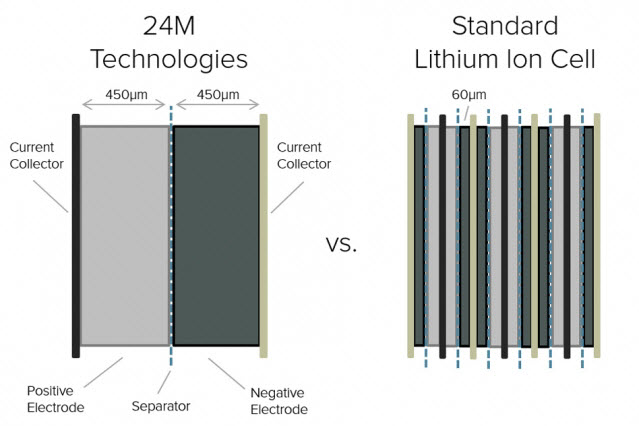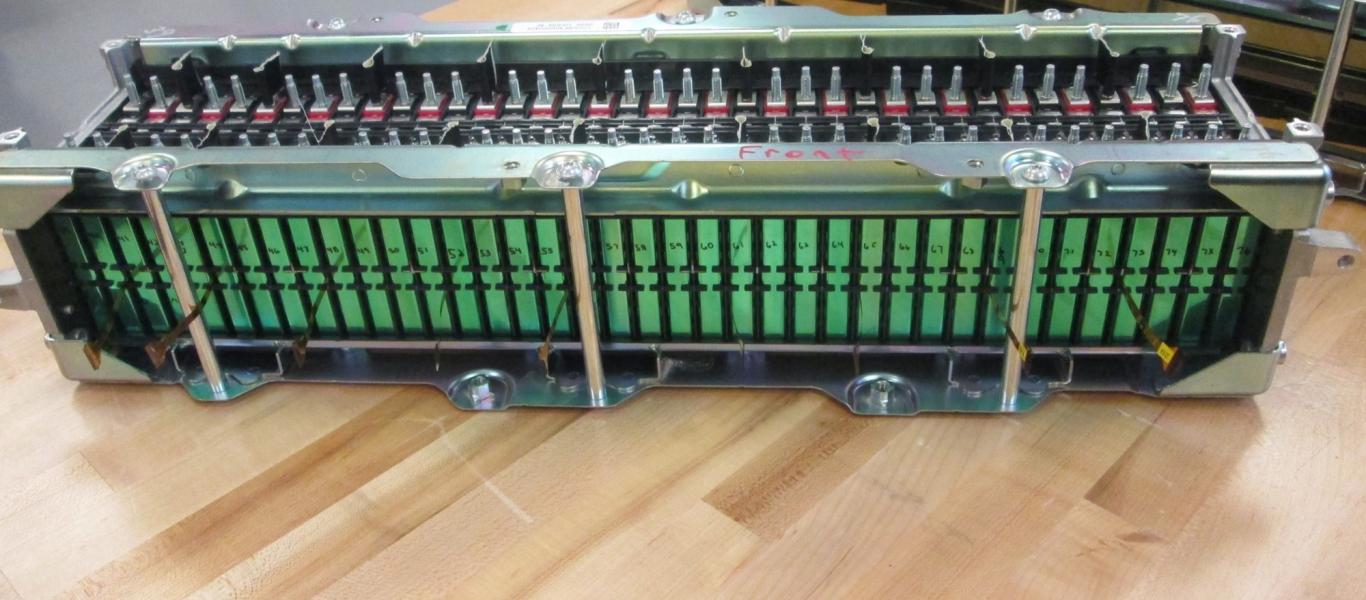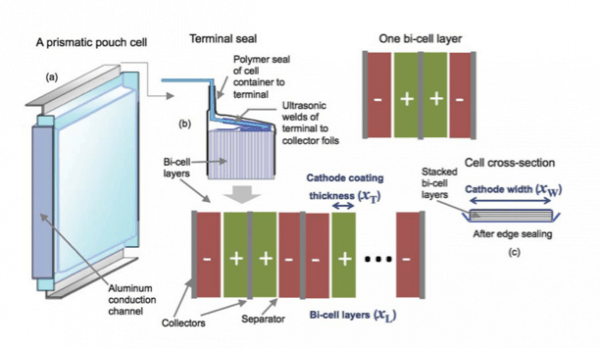A prototype li ion battery was developed by akira yoshino in 1985 based on earlier research by john goodenough m.
Lithium ion battery cells for automotive applications.
Such cells provide a relatively light and small source of energy and are now manufactured in very large quantities 1 billion cells per year in an automotive application a lithium ion battery consists of tens to thousands of individual cells packaged together to provide the.
The construction of a typical cylindrical cell is shown in figure 2 while figure 3 shows a typical pouch cell.
Modeling and analysis cost modeling of lithium ion battery cells for automotive applications gae tan patry1 2 3 alex romagny3 se bastien martinet2 daniel froelich1 1lcpi arts et metiers.
Stanley whittingham rachid.
The purpose of this study was to highlight the technical and economic issues arising in lithium ion cells for automotive applications and to indicate some potential solutions to lower the cost.
Although the quality of battery fabrication has improved guarding against higher temperature and fault conditions in any automotive application remains crucial for reliable operation.
Each cell in the li ion battery stack produces 3 0v to 3 9v depending on its state of charge discharge.



























